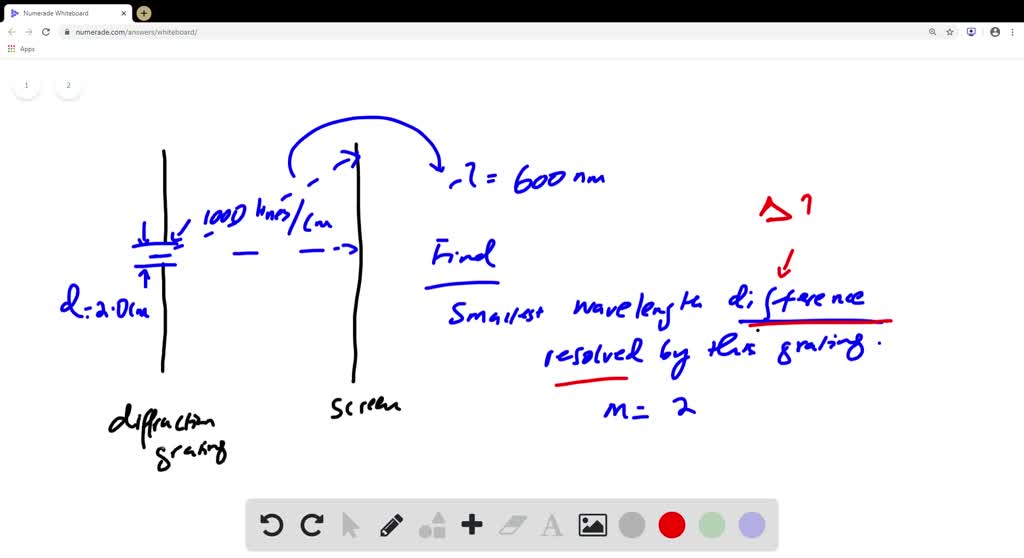

The grating stand is mounted on the prism table and the grating is placed in it with its ruled surface towards the telescope. How do you measure the wavelength using plane transmission grating? In other words, the larger the number of slits per metre, the bigger the angle of diffraction. For a given order and wavelength, the smaller the value of d, the greater the angle of diffraction. The number of slits per metre on the grating, N = 1/ d where d is the grating spacing. What is the value of n in diffraction grating? Hence, the refractive index varies with wavelength. Whereas the wavelength of the light wave changes based on refraction. The frequency of the light wave remains unchanged, irrespective of the medium. Therefore, it can be said that the refractive index is inversely proportional to the wavelength. What is the relationship between wavelength and refractive index? The only change is the direction in which the wave is travelling. The wavelength, frequency, period and speed are the same before and after diffraction. None of the properties of a wave are changed by diffraction. Does wavelength change during diffraction? If the grating has 300 lines / mm then the spacing is 1 / 300,000m. You will need the value of d, spacing, i.e.

Use the formula d sin A = wavelength to calculate the wavelength of green light. How do you find the wavelength of an experiment? This can be represented by the equation: d = 1/N where N = the number of groves per unit length (in this case, millimeters) From the diagram above, we see ‘d’ is the grating spacing, and ‘θ’ is the angle of diffraction. Also, n is the order of grating, which is a positive integer, representing the repetition of the spectrum. The formula for diffraction grating: Obviously, d = rac 1 N, where N is the grating constant, and it is the number of lines per unit length. What is the formula of diffraction grating? ( B) A wave with a short wavelength (top) has a high frequency because more waves pass a given point in a certain amount of time. The wavelength (λ) is defined as the distance between any two consecutive identical points on the waveform.



 0 kommentar(er)
0 kommentar(er)
